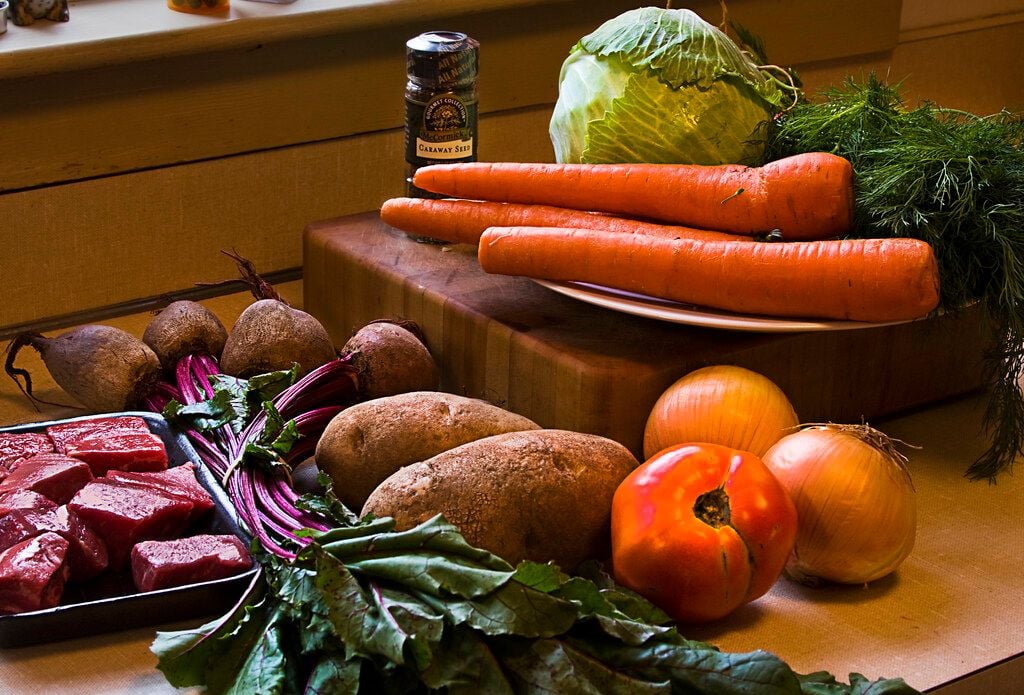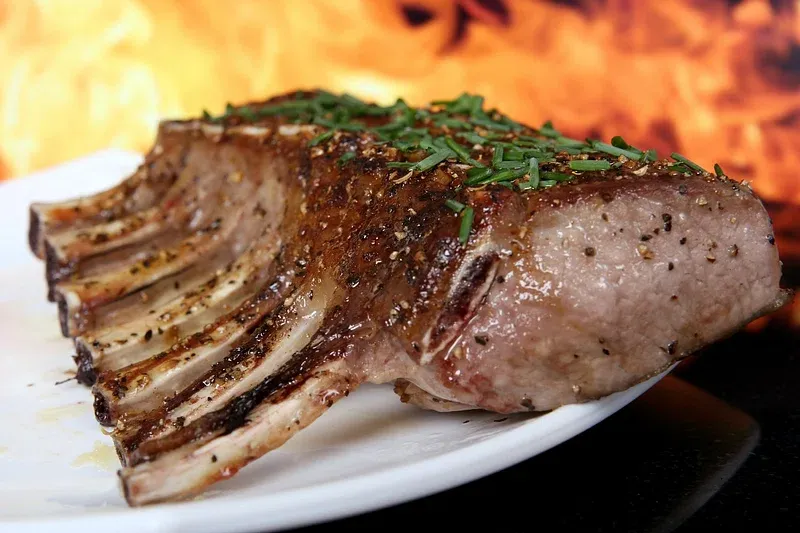
Unlocking the Power of Bay Leaves in Your Kitchen
- May 17, 2024
While bay leaves might not be the superstars of your spice rack, their presence plays a significant role in many international recipes. Their mild yet complex flavor imparts subtle tastes reminiscent of eucalyptus in dishes, from gumbo to birria tacos, and even simple chicken and rice.
According to culinary experts, there are mainly two varieties of bay leaves that are used in cooking - Turkish and Californian. The Turkish variant is native to the Mediterranean, hailing from the bay laurel tree. These noticeable oval-shaped leaves carry hints of oregano, thyme, and clove in their relatively mild flavor. On the other side of the spectrum, Californian bay leaves, harvested from the Umbellularia californica tree, pack a more robust, menthol-like punch.
These unassuming leaves from the bay laurel tree, also known as Laurus nobilis, are entirely edible. Just bear in mind, they're not going to make the best salad topping; these leaves can be quite sharp, especially once dried. Still, they're best used to infuse flavor into the dish, with the leaves removed before serving. For those hoping to ditch leaf fishing from the finished product, opting for dried and ground bay leaves could be the answer.
In American grocery stores, you'll likely find fresh Californian bay leaves, while the dried varieties are predominantly Turkish. Surprisingly, both types carry equal food-enhancing potential, as explained by the Escoffier School of Culinary Arts. Because the flavor components in bay leaves don't vaporize during drying, dried leaves retain as much flavor as their fresh counterparts.
However, don't let your dried bay leaves gather dust in the cupboard for years. If split and they don't exude a fragrance, it's time to say goodbye and restock.
Bay leaves, while starting off intense, become milder with cooking and lend to dishes a bouquet of herbal and floral aromas. They make perfect accompaniments to slow-cooked meals-think soups, stews, rice dishes, roast chicken, and braised meats. They're a common sight in a bouquet garni, enhancing the flavors of simmering stocks alongside other herbs.
If a recipe calls for dried bay leaves and you only have fresh ones, remember to use half of the stated quantity due to the intensity of fresh leaves. Unlock the full potential of this seemingly underwhelming leaf, and your dishes will thank you for it.






